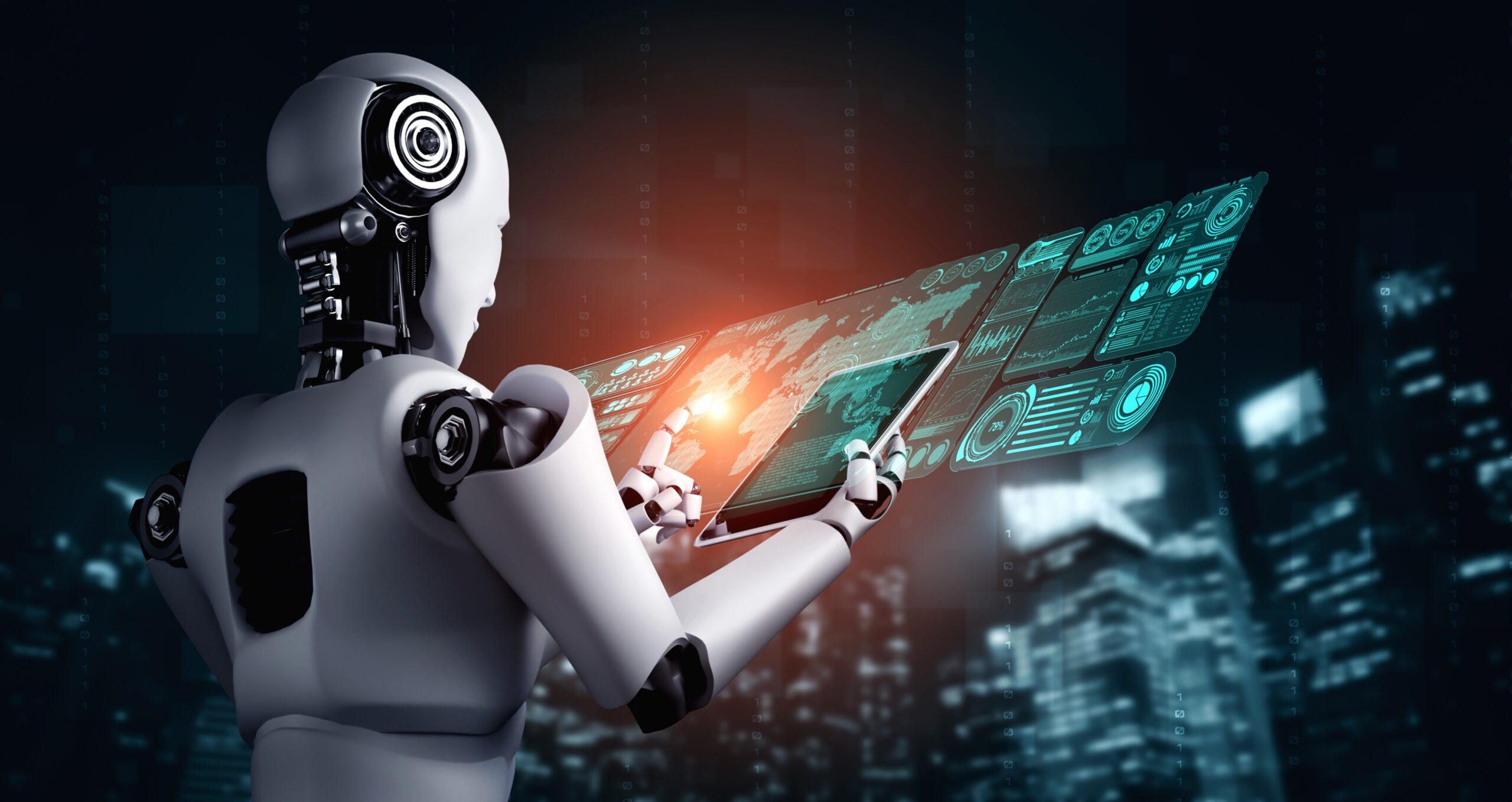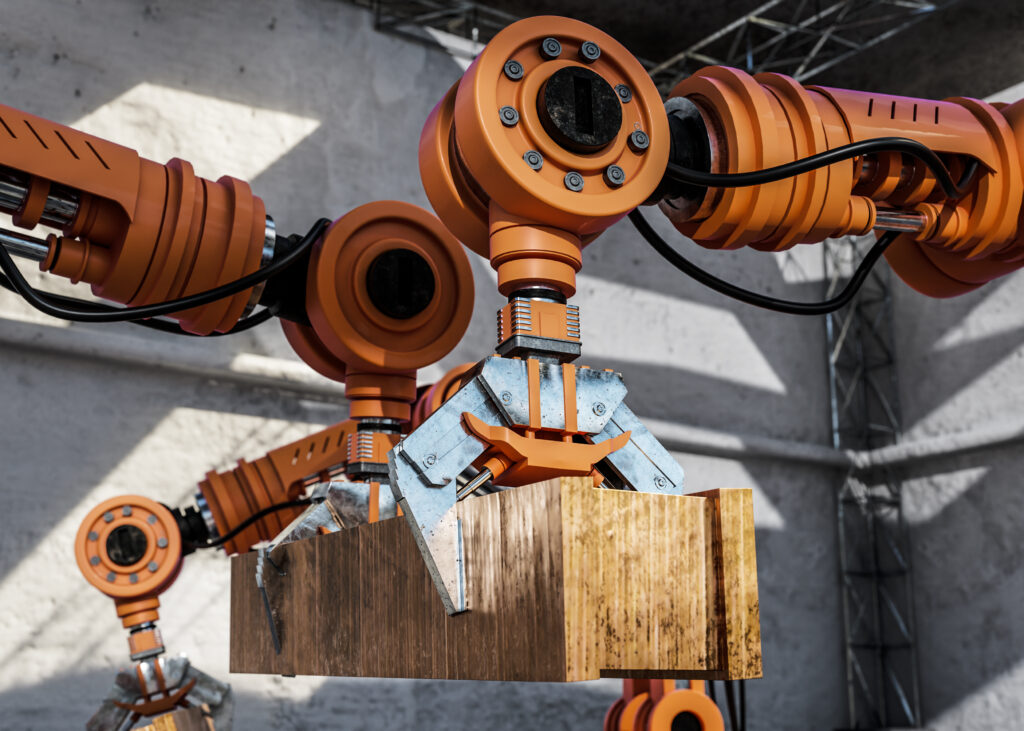
Robotics is the mix of science, engineering, and technology that creates devices referred to as robots that mimic or take the place of human beings in action.
Robots have long been a source of fascination in popular culture; examples include R2-D2, the Terminator, and WALL-E.
However, these caricatures are often no more than parodies of the real thing. Robots are developing mechanical and intellectual abilities that do not rule out the possibility of an R2-D2-like machine in the future.
Read on for an overview of this custom market research, or create an entrapeer account and read the whole report (complete with use cases and key market movements) now:
How Robots Are Used Across Industries
Industry:
The use of different kinds of robots to generate revenue has long been pioneered by the manufacturing sector. On manufacturing floors and in warehouses, articulated robots, cobots, and AMRs (Autonomous Mobile Robots) are all used to:
-
- Speed up operations
-
- Increase efficiency
-
- Promote safety
- Promote safety
Agriculture
Agricultural robots can determine when a crop is ripe, identify the presence of pests, clear debris, and harvest the crop so as not to damage the produce.
Healthcare
The usage of various robot types in the healthcare sector improves the patient experience. AMRs are utilized for mobile telepresence, surface disinfection, and drug delivery. Cobots are also utilized to help nurses provide better patient care or support medical personnel during rehabilitation.

Logistics
Robotics and automation technology aid logistics and shipping firms in the speedy and effective delivery of goods. They process goods using AMRs and AGVs (Automated Guided Vehicles), speeding up processes and improving accuracy.
Retail and Hospitality
Numerous approaches can be found to use robotics to improve the customer or visitor experience. Companies in the retail and hospitality sector are using robots to automate inventory protocols, provide concierge services, clean, and even assist customers with luggage or valet parking.
Smart Cities
Robotics can make cities safer and smarter in many ways. Humanoid robots provide information and navigational services and AMRs are employed for both regular security patrols and the delivery of cargo. Robots can also survey sites, expedite building construction, and gather data for building models.
10 reasons why companies invest in robotics and automation technology
1. Reducing Operating Costs
Robotics gives the ability to cut both direct and overhead expenses, greatly improving competitiveness. Take energy as an illustration. Robots can lower energy costs because they don’t require a minimum level of lighting or heating.
2. Improving product quality and consistency
A consistently high-quality finish is possible with robots since they don’t experience the consequences of weariness, attention, or repetitive and tiresome jobs. Every product produced will have a high-quality finish thanks to its inherent accuracy and repeatability.
3. Improving the quality of work for employees
Because employees are no longer required to labor in hot or possibly dangerous areas, the presence of robots can enhance working conditions for personnel. They can also get useful programming skills and engage in more interesting employment.
4. Increase production output rates
Robots can operate unsupervised day, night, and weekends, allowing higher productivity levels to meet order deadlines. There is no downtime, sickness, or focus lapses with a robotic solution. Programming robots to handle new goods offline also increases flexibility while ensuring speedier overall production.
5. Increase product manufacturing flexibility
The production line can benefit from flexibility thanks to robots. To get the most out of the investment, using robotics equipment for a variety of items once the necessary processes have been put into the robot controller is ideal.

6. Reduce material waste and increase yield
Robotics significantly improve product quality. The quantity of breakages and waste produced as a result of subpar or irregular finishing decreases when more goods are finished at the first try to the standard expected by customers. Greater yields result from more finished products being produced.
7. Improve workplace health and safety
Tasks presently performed by manual employees that are unpleasant, difficult, or dangerous to their health can be easily performed by robots. Robotics considerably reduces the risk of mishaps brought by coming into contact with machine tools or other potentially dangerous manufacturing equipment.
8. Reduce labor turnover and recruitment difficulties
The greatest levels of expertise and training are needed to achieve the high levels of precision that today’s industrial processes demand. Robots offer a perfect substitute for highly skilled manual workers, who are getting harder and more expensive to hire. Once they have been programmed, there are no costs associated with hiring new employees or keeping existing ones trained.
9. Lower capital expenses
Robots can cut down on waste and the cost of consumables. Businesses can confidently forecast the manufacturing rate and guarantee a quick and effective service by getting products through the production process more quickly.
10. Save space in high-value manufacturing areas
Robots can be hung from ceilings, mounted on walls, or placed on shelving systems. Additionally, they can be configured to operate in small, underutilized locations, conserving important floor space.

